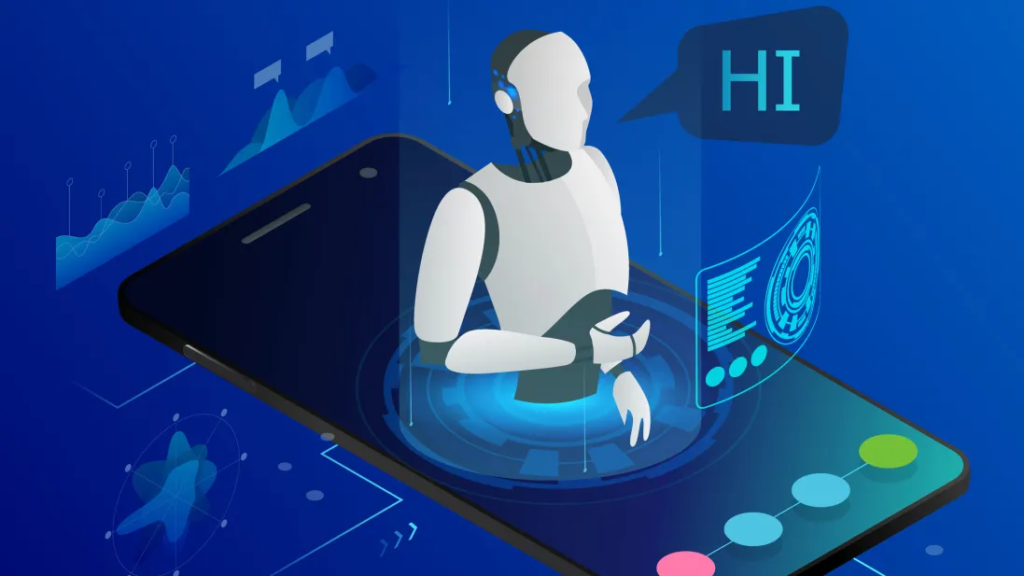Apple, a company synonymous with innovation, is once again pushing the boundaries of technology—this time in the field of robotics. According to renowned Apple analyst Ming-Chi Kuo, the tech giant is exploring both humanoid and non-humanoid robotic form factors, signaling its entry into a rapidly evolving industry. This development follows the release of a research paper by Apple that delves into human interactions with “non-anthropomorphic” robots, including a Pixar-style lamp.
While Apple’s foray into robotics is still in its early stages, the implications are profound. Could Apple’s robotics projects revolutionize the smart home ecosystem? What challenges does the company face in this competitive and complex field? In this article, we’ll explore Apple’s robotics ambitions, the potential applications of its technology, and what this means for the future of smart homes.
Apple’s Robotics Research: A Glimpse into the Future
Apple’s research paper focuses on non-anthropomorphic robots, which are robots that don’t resemble humans. Instead, they take inspiration from other forms, such as the Pixar lamp featured in the study. This approach highlights Apple’s interest in creating robots that are functional, intuitive, and capable of building meaningful interactions with users.
Key Insights from Apple’s Research:
User Perception: Apple is prioritizing how users perceive and interact with robots, rather than focusing solely on their physical appearance.
Core Technologies: Sensing hardware and software are at the heart of Apple’s robotics development, enabling robots to understand and respond to their environment.
Proof-of-Concept: The research is still in its early stages, with Kuo describing it as “early proof-of-concept.”
Humanoid vs. Non-Humanoid Robots: What’s the Difference?
The robotics industry is divided on whether humanoid or non-humanoid designs are more effective. Here’s a breakdown of the two approaches:
Humanoid Robots
Definition: Robots designed to resemble humans, with two arms, two legs, and a face.
Applications: Household chores, caregiving, and customer service.
Challenges: High development costs, technical complexity, and user acceptance.
Non-Humanoid Robots
Definition: Robots that take inspiration from non-human forms, such as animals, objects, or abstract designs.
Applications: Smart home assistants, educational tools, and industrial automation.
Advantages: Often simpler to design, more cost-effective, and less intimidating to users.
Apple’s research suggests a preference for non-humanoid designs, at least in the initial stages. However, the company is reportedly exploring both form factors, indicating a flexible and experimental approach.
The Road to Mass Production: Challenges and Timelines
According to Ming-Chi Kuo, Apple’s robotics project is still in the early research phase, with mass production unlikely before 2028. This timeline reflects the complexity of robotics development and Apple’s cautious approach to entering new markets.
Key Challenges:
Technical Complexity: Robotics involves integrating advanced hardware, software, and AI, requiring significant R&D investment.
Market Acceptance: Convincing consumers to adopt home robots is a major hurdle, especially given the high costs associated with early-stage products.
Competition: Apple faces stiff competition from established robotics companies and startups, many of which are already producing industrial and consumer robots.
Potential Applications of Apple’s Robotics Technology

While Apple’s exact plans remain under wraps, Kuo suggests that the company’s robotics efforts are part of a broader “future smart home ecosystem.” Here are some potential applications:
- Smart Home Assistants
Imagine a robot that not only controls your smart home devices but also interacts with you in a natural and intuitive way. Apple’s focus on user perception and interaction could lead to a robot that feels like a true assistant rather than a machine. - Educational Tools
Non-humanoid robots could serve as interactive learning tools for children, helping with everything from homework to creative play. - Industrial Automation
While Apple’s initial focus appears to be on consumer robots, its technology could eventually be applied to industrial settings, such as manufacturing and logistics.
Lessons from Apple’s Past Projects
Apple’s robotics ambitions come on the heels of several high-profile projects, including the Apple Car and Vision Pro. While the Apple Car was ultimately abandoned, and the Vision Pro faced a lukewarm reception, these efforts provide valuable lessons for the company’s robotics venture:
Cautious Approach: Apple is likely to take its time with robotics, ensuring that the technology is mature and market-ready before launch.
Focus on User Experience: As with its other products, Apple will prioritize user experience, making its robots intuitive and easy to use.
Integration with Ecosystem: Apple’s robots are expected to seamlessly integrate with its existing ecosystem of devices and services.
The Competitive Landscape: Who Else is in the Game?
Apple isn’t alone in its pursuit of robotics. Companies like 1X, Figure, and Apptronik are already developing humanoid robots for industrial and consumer applications. However, these companies face significant challenges, including high costs and technical hurdles.
What’s Next for Apple Robotics?
While Apple’s robotics project is still in its infancy, the company’s track record of popularizing existing product categories—such as smartphones and smartwatches—suggests that it could have a significant impact on the industry. However, success is far from guaranteed, and Apple will need to navigate numerous challenges along the way.
For now, we can expect more leaks, speculation, and research papers as Apple continues to explore the possibilities of robotics. Whether it’s a humanoid robot folding laundry or a Pixar-style lamp assisting with household tasks, one thing is clear: Apple is serious about robotics, and the future of smart homes could look very different as a result.








